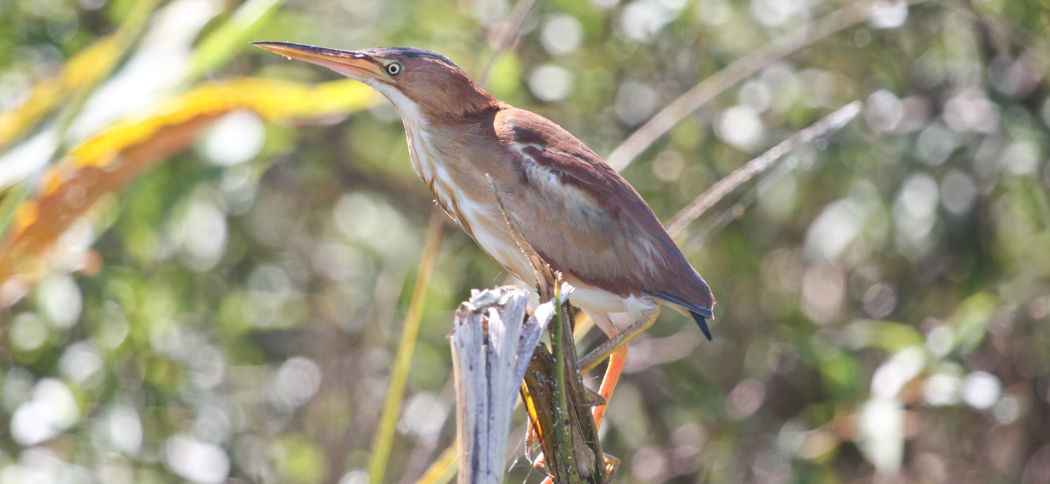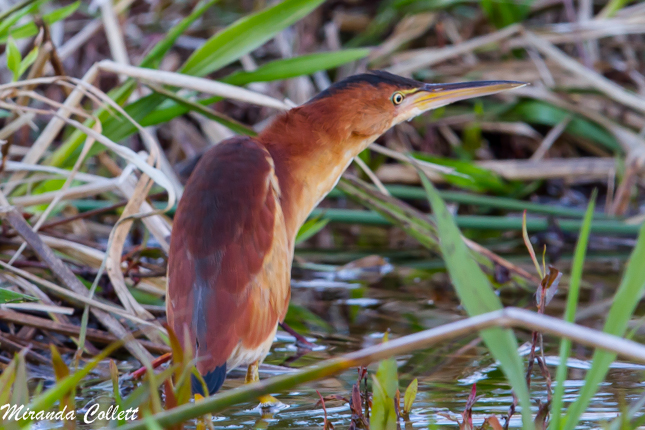
Strange Tails
We're delighted to have a strong population of strange-tailed tyrants at the reserve. So much so that we've adopted these beautiful and endangered birds as the symbol of the Trust
The growing diversity of the animals of Reserva Don Luis is a fresh source of delight every time we return. We don't play favourites, but it's impossible not to engage more with some of our more conspicuous guests. One of these is the strange-tailed tyrant. The male is stoic in his tolerance of one of nature's strangest - and it would seem least practical - adaptations. He's willing to suffer to be beautiful, and somehow manages to fly with tail feathers that were surely designed for a bird three times his size.
We love his perseverance; his resolution to succeed against challenge, and his ability to prove that anything is possible. He's appearing in growing numbers on the Reserva Do Luis, and his success has become an allegory for, and a symbol of, our own.
When we started the process of updating and redesigning our website, we wanted to adopt an image that symbolised our aims and our challenges. This brave little flycatcher, with his indomitable character, was the perfect choice.
The logo is a stylised profile of a male tyrant, silhouetted against the sunrise. We coloured the sun the blue of the Argentinian flag in honour of this country's beauty, its climate and the breathtaking span of magnificent animals that it nurtures.

Bat Research
Our bat team is conducting bat research both in the Ibera Marshes and in other provinces. We are especially concentrating on Misiones at the moment where we find the largest bat in Argentina, Chrotopterus auriitus and Myotis ruber, two species that we are researching.

Least Bittern
Ixobrychus exilis
We have many Least Bittern at Reserva Don Luis and they can be heard calling early morning or early evening from their preferred habitat of water and rushes. They are very shy and will rarely fly instead preferring to forage at the bottom of the reeds. If disturbed they will sometimes fly or will stand completely still with their head and bill erect to blend in with the reeds. They seem able to lengthen and narrow their body shape in response to disturbance.
They are members of family Ardeidae with the other herons and are similar to the Stripe-backed Bittern. They are one of the smallest herons in the world at 25cm but are good hunters as their low body weight allows them to climb through the reeds undetected. They prey on small amphibians, small fish and insects.
One is most likely to see its underparts which are white with light brown streaks. Its face is brown with a dark crown There is a large dark patch on the back which is black in males and dark brown in females. The bill is long and pointed and varies in colour but is usually yellow with green tinges. The legs and feet are yellow and the eyes are yellow although they can appear to have a blue tinge sometimes.
Male Least Bittern


